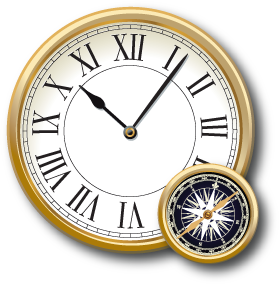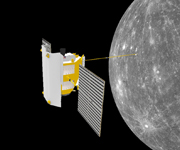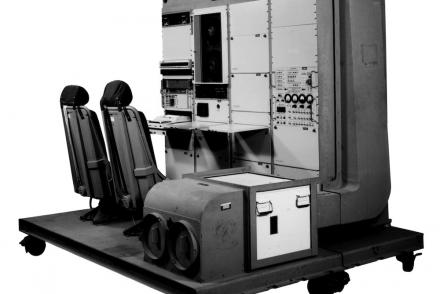Satellite Constellation
Innovations
This instrument from 1977 was the first military GPS five-channel receiver built by the company now known as Rockwell Collins. It was one of several programs launched to study the feasibility and operational utility of GPS. The receiver weighed more than 120 kilograms (270 pounds) and was mounted on an Air Force equipment flight test pallet.
Magnavox built these experimental test receivers in 1974–75 to demonstrate the feasibility of the GPS system.







